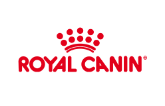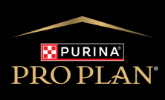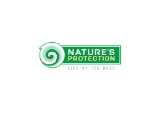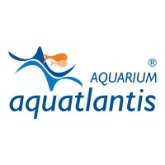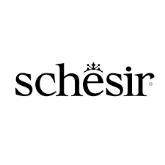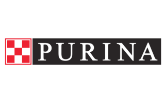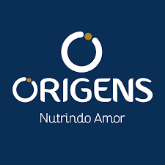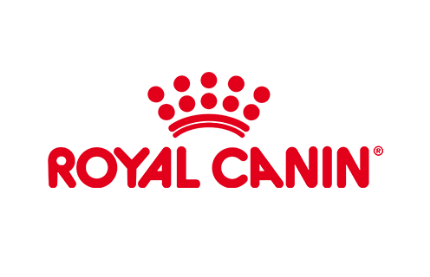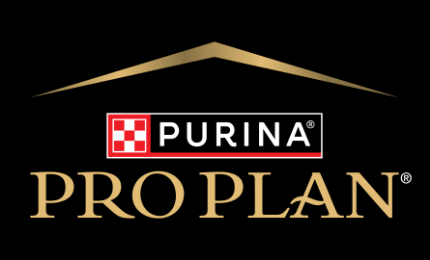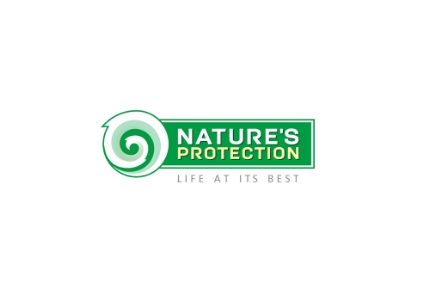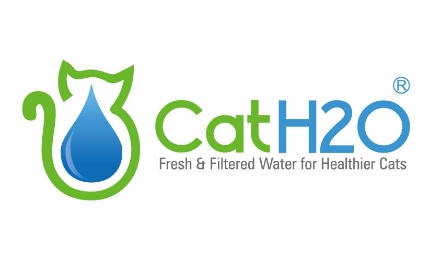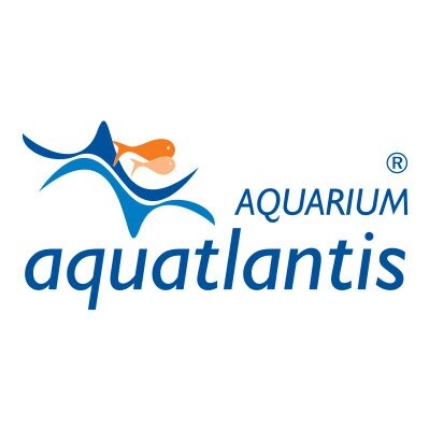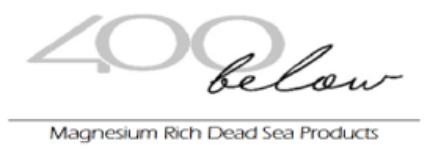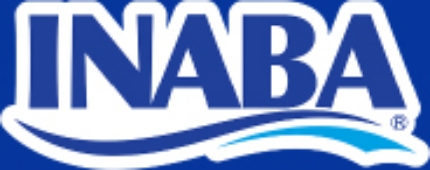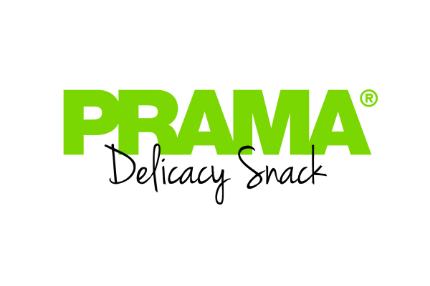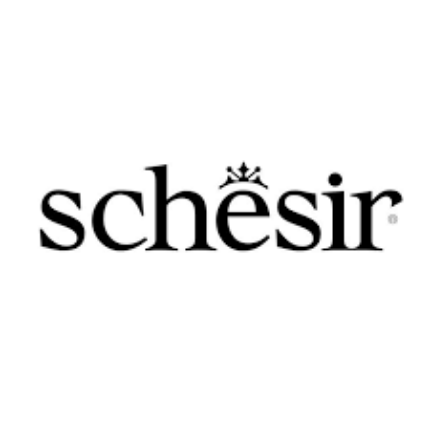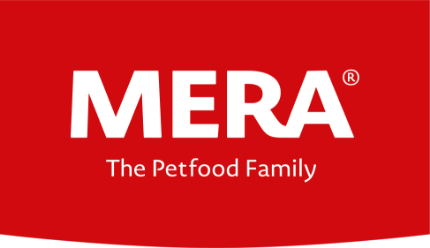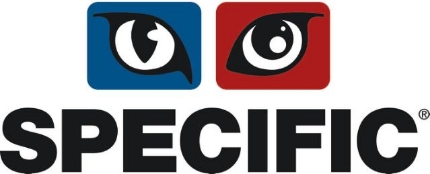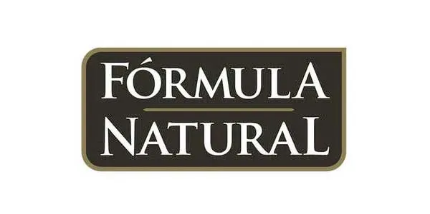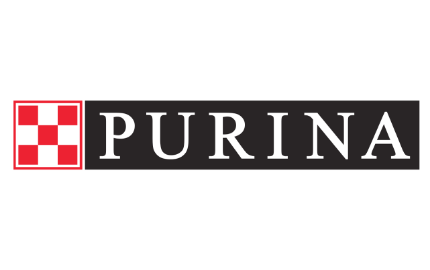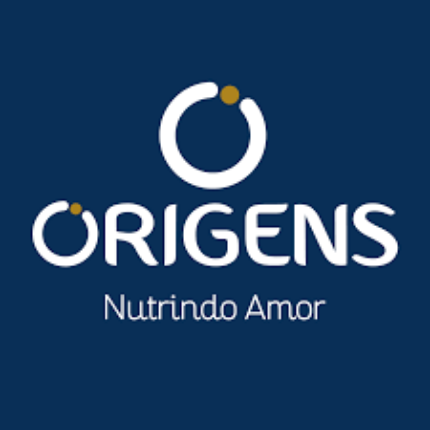Major Elements
Brightwell Calcion - 250 ml
Calcium is one of the most prevalent ions in seawater, and is required for the formation of aragonite, the skeletal material of reef-building invertebrates such as corals, clams, tube worms, and their respective allies. In seawater, calcium is present at a concentration of approximately 412 ppm; in reef aquaria, maintaining calcium within a range of 412 - 450 ppm will enable corals and other reef-building invertebrates to grow rapidly when all other physical and chemical requirements are met. [Magnesium, strontium, and carbonate ions are also complexed into aragonite, and their importance in a reef aquarium cannot be overstated.] The rate at which calcium is extracted from the water is determined by the stocking density of reef-building livestock, type of lighting, and other biological, physical, and chemical conditions; therefore, each aquarium will have different requirements for the rate of calcium supplementation. Once the rate of calcium uptake in the aquarium has been determined (see opposite), the proper dosing rate of this product can be easily calculated. It is recommended that a quality salt mix with the proper (not augmented) alkalinity and concentrations of major, minor, and trace elements be used to establish natural seawater parameters in the reef aquarium, providing a stable ionic foundation on which to build.
د.ا. 10.000
Brightwell Calcion - 500 ml
Calcium is one of the most prevalent ions in seawater, and is required for the formation of aragonite, the skeletal material of reef-building invertebrates such as corals, clams, tube worms, and their respective allies. In seawater, calcium is present at a concentration of approximately 412 ppm; in reef aquaria, maintaining calcium within a range of 412 - 450 ppm will enable corals and other reef-building invertebrates to grow rapidly when all other physical and chemical requirements are met. [Magnesium, strontium, and carbonate ions are also complexed into aragonite, and their importance in a reef aquarium cannot be overstated.] The rate at which calcium is extracted from the water is determined by the stocking density of reef-building livestock, type of lighting, and other biological, physical, and chemical conditions; therefore, each aquarium will have different requirements for the rate of calcium supplementation. Once the rate of calcium uptake in the aquarium has been determined (see opposite), the proper dosing rate of this product can be easily calculated. It is recommended that a quality salt mix with the proper (not augmented) alkalinity and concentrations of major, minor, and trace elements be used to establish natural seawater parameters in the reef aquarium, providing a stable ionic foundation on which to build.
د.ا. 15.000
Brightwell Liquid Reef - 250 ml
Brightwell Aquatics Liquid Reef has twice the calcium relative to carbonates as compared to natural aragonite, making it a very powerful calcium source. The active components of Liquid Reef are provided by a combination of sources and include natural aragonite, increasing the solubility of the solution and the effectiveness of the method. Silicate- and phosphate-free. Examples of reef-building organisms familiar to hobbyists are: stony corals and their allies; molluscs including clams (bivalves) and snails (gastropods); tube worms that secrete calcareous burrows; and calcareous algae such as coralline, Halimeda, and Penicilus. These organisms require that the components of aragonite be in adequate concentrations if they are to thrive, regardless of how perfect the remainder of their environment is. The advantage to this method of supplementation is that one product may be used to establish and maintain water parameters conducive to reef formation. Note that target ion-specific supplementation may be called for in some aquaria, depending upon stocking density of reef-building organisms and environmental conditions within the system. Additionally, hobbyists may choose to use Liquid Reef in conjunction with other methods of calcium, strontium, magnesium, and carbonate supplementation as a means of diversifying their dosing routine. The rate at which calcium and carbonates are extracted from the water is determined by the stocking density of reef-building livestock, type of lighting, and other conditions; therefore, each aquarium will have different requirements for the rate of supplementation.
د.ا. 10.000
Brightwell Magnesion - 250 ml
Magnesium plays a vital role in reef aquaria: it helps maintain calcium and carbonate (composing the majority of measurable alkalinity) concentrations by limiting unwanted inorganic precipitation with each other. In the absence of adequate magnesium ions, calcium and carbonate ions bond rapidly, depleting their concentrations in the system and creating the false impression that heavier supplementation is required to re-establish the desired concentrations. No matter how much calcium is added, its natural seawater concentration of 412 ppm will never be sustained until the magnesium concentration begins to approach 1,290 ppm. Once the balance between calcium and magnesium has been established, subsequent calcium supplementation yields immediate positive results. Keeping magnesium within a range of 1,290-1,320 ppm will maintain the desired balance, and provides enough of the element to reef-building organisms for the formation of aragonite (~0.10% Mg by weight). The rate at which magnesium is extracted from the water is determined by the stocking density of reef-building livestock, type of lighting, and other conditions; therefore, each aquarium will have different requirements for the rate of magnesium supplementation. Once the rate of magnesium uptake in the aquarium has been determined, the proper dosing rate of this product can be easily calculated. It is recommended that a quality salt mix with the proper (not augmented) alkalinity and concentrations of major, minor, and trace elements be used to establish natural seawater parameters in the reef aquarium, providing a stable ionic foundation on which to build.
د.ا. 10.000
Brightwell Magnesion - 500 ml
Magnesium plays a vital role in reef aquaria: it helps maintain calcium and carbonate (composing the majority of measurable alkalinity) concentrations by limiting unwanted inorganic precipitation with each other. In the absence of adequate magnesium ions, calcium and carbonate ions bond rapidly, depleting their concentrations in the system and creating the false impression that heavier supplementation is required to re-establish the desired concentrations. No matter how much calcium is added, its natural seawater concentration of 412 ppm will never be sustained until the magnesium concentration begins to approach 1,290 ppm. Once the balance between calcium and magnesium has been established, subsequent calcium supplementation yields immediate positive results. Keeping magnesium within a range of 1,290-1,320 ppm will maintain the desired balance, and provides enough of the element to reef-building organisms for the formation of aragonite (~0.10% Mg by weight). The rate at which magnesium is extracted from the water is determined by the stocking density of reef-building livestock, type of lighting, and other conditions; therefore, each aquarium will have different requirements for the rate of magnesium supplementation. Once the rate of magnesium uptake in the aquarium has been determined, the proper dosing rate of this product can be easily calculated. It is recommended that a quality salt mix with the proper (not augmented) alkalinity and concentrations of major, minor, and trace elements be used to establish natural seawater parameters in the reef aquarium, providing a stable ionic foundation on which to build.
د.ا. 15.000
Brightwell Potassion 250 ml
Highly-concentrated ionic potassium solution. Provides potassium, an important component of aragonite (the mineral secreted as skeletal material by corals and other reef-building marine organisms), complexesd into pigments that enhance blue coloration of some small-polyp stony corals, important to proper neurological function, and depleted in marine aquaria by livestock. 80.000 ppm K; considerably stronger and more economical than competing potassium products. May be used to combat potassium depletion that often accompanies the use of zeolite-based filtration methods employed to maintain ultra-low-nutrient aquaria. Formulated by a marine scientist. Technical Overview: In natural seawater, potassium is a non conservative major element with a concentration slightly lower than that of calcium (~399 ppm vs. ~413 ppm, respectively). It is a component of aragonite, and regular dosing has, within the past several years, been implicated in improving the blue coloration of numerous varieties of small-polyp stony corals; the benefits of potassium supplementation are potentially two-fold, then: 1.) provision of an element that is incorporated into the skeletal material of corals and other reef-building organisms for purposes of growth, and 2.) incorporated into pigments that (presumably in the presence of adequate ionic iron) enhance blue coloration of small-polyp stony corals. The importance of potassium to marine organisms is most apparent when beginning to dose it in aquaria with depleted potassium concentrations and/or in which the sea salt mixture used is potassium-deficient in such cases, changes in the appearance of many corals may be observed within the first weeks of regular dosing. Maintaining potassium within a range of 390-410 ppm is sufficient for long-term health, growth, and coloration of corals when all other physical and chemical requirements are met. The rate at which potassium is extracted from the water is determined by the stocking density of potassium-depleting livestock, characteristics of lighting and method(s) of filtration employed, and other biological, physical, and chemical conditions; therefore, each aquarium will have different requirements for the rate of potassium supplementation. Once the rate of potassium uptake in the aquarium has been determined (see opposite), the proper dosing rate of this product can be easily calculated. It is recommended that a quality salt mix with the proper (not augmented) alkalinity and concentrations of major, minor, and trace elements be used to establish natural seawater parameters in marine aquaria, providing a stable ionic foundation on which to build.
د.ا. 10.000
Brightwell Potassion 500 ml
Highly-concentrated ionic potassium solution. Provides potassium, an important component of aragonite (the mineral secreted as skeletal material by corals and other reef-building marine organisms), complexesd into pigments that enhance blue coloration of some small-polyp stony corals, important to proper neurological function, and depleted in marine aquaria by livestock. 80.000 ppm K; considerably stronger and more economical than competing potassium products. May be used to combat potassium depletion that often accompanies the use of zeolite-based filtration methods employed to maintain ultra-low-nutrient aquaria. Formulated by a marine scientist. Technical Overview: In natural seawater, potassium is a non conservative major element with a concentration slightly lower than that of calcium (~399 ppm vs. ~413 ppm, respectively). It is a component of aragonite, and regular dosing has, within the past several years, been implicated in improving the blue coloration of numerous varieties of small-polyp stony corals; the benefits of potassium supplementation are potentially two-fold, then: 1.) provision of an element that is incorporated into the skeletal material of corals and other reef-building organisms for purposes of growth, and 2.) incorporated into pigments that (presumably in the presence of adequate ionic iron) enhance blue coloration of small-polyp stony corals. The importance of potassium to marine organisms is most apparent when beginning to dose it in aquaria with depleted potassium concentrations and/or in which the sea salt mixture used is potassium-deficient in such cases, changes in the appearance of many corals may be observed within the first weeks of regular dosing. Maintaining potassium within a range of 390-410 ppm is sufficient for long-term health, growth, and coloration of corals when all other physical and chemical requirements are met. The rate at which potassium is extracted from the water is determined by the stocking density of potassium-depleting livestock, characteristics of lighting and method(s) of filtration employed, and other biological, physical, and chemical conditions; therefore, each aquarium will have different requirements for the rate of potassium supplementation. Once the rate of potassium uptake in the aquarium has been determined (see opposite), the proper dosing rate of this product can be easily calculated. It is recommended that a quality salt mix with the proper (not augmented) alkalinity and concentrations of major, minor, and trace elements be used to establish natural seawater parameters in marine aquaria, providing a stable ionic foundation on which to build.
د.ا. 15.000
Brightwell Strontion - 250 ml
Magnesium plays a vital role in reef aquaria: it helps maintain calcium and carbonate (composing the majority of measurable alkalinity) concentrations by limiting unwanted inorganic precipitation with each other. In the absence of adequate magnesium ions, calcium and carbonate ions bond rapidly, depleting their concentrations in the system and creating the false impression that heavier supplementation is required to re-establish the desired concentrations. No matter how much calcium is added, its natural seawater concentration of 412 ppm will never be sustained until the magnesium concentration begins to approach 1,290 ppm. Once the balance between calcium and magnesium has been established, subsequent calcium supplementation yields immediate positive results. Keeping magnesium within a range of 1,290-1,320 ppm will maintain the desired balance, and provides enough of the element to reef-building organisms for the formation of aragonite (~0.10% Mg by weight). The rate at which magnesium is extracted from the water is determined by the stocking density of reef-building livestock, type of lighting, and other conditions; therefore, each aquarium will have different requirements for the rate of magnesium supplementation. Once the rate of magnesium uptake in the aquarium has been determined, the proper dosing rate of this product can be easily calculated. It is recommended that a quality salt mix with the proper (not augmented) alkalinity and concentrations of major, minor, and trace elements be used to establish natural seawater parameters in the reef aquarium, providing a stable ionic foundation on which to build.
د.ا. 10.000
Brightwell Strontion - 500 ml
Magnesium plays a vital role in reef aquaria: it helps maintain calcium and carbonate (composing the majority of measurable alkalinity) concentrations by limiting unwanted inorganic precipitation with each other. In the absence of adequate magnesium ions, calcium and carbonate ions bond rapidly, depleting their concentrations in the system and creating the false impression that heavier supplementation is required to re-establish the desired concentrations. No matter how much calcium is added, its natural seawater concentration of 412 ppm will never be sustained until the magnesium concentration begins to approach 1,290 ppm. Once the balance between calcium and magnesium has been established, subsequent calcium supplementation yields immediate positive results. Keeping magnesium within a range of 1,290-1,320 ppm will maintain the desired balance, and provides enough of the element to reef-building organisms for the formation of aragonite (~0.10% Mg by weight). The rate at which magnesium is extracted from the water is determined by the stocking density of reef-building livestock, type of lighting, and other conditions; therefore, each aquarium will have different requirements for the rate of magnesium supplementation. Once the rate of magnesium uptake in the aquarium has been determined, the proper dosing rate of this product can be easily calculated. It is recommended that a quality salt mix with the proper (not augmented) alkalinity and concentrations of major, minor, and trace elements be used to establish natural seawater parameters in the reef aquarium, providing a stable ionic foundation on which to build.
د.ا. 15.000










